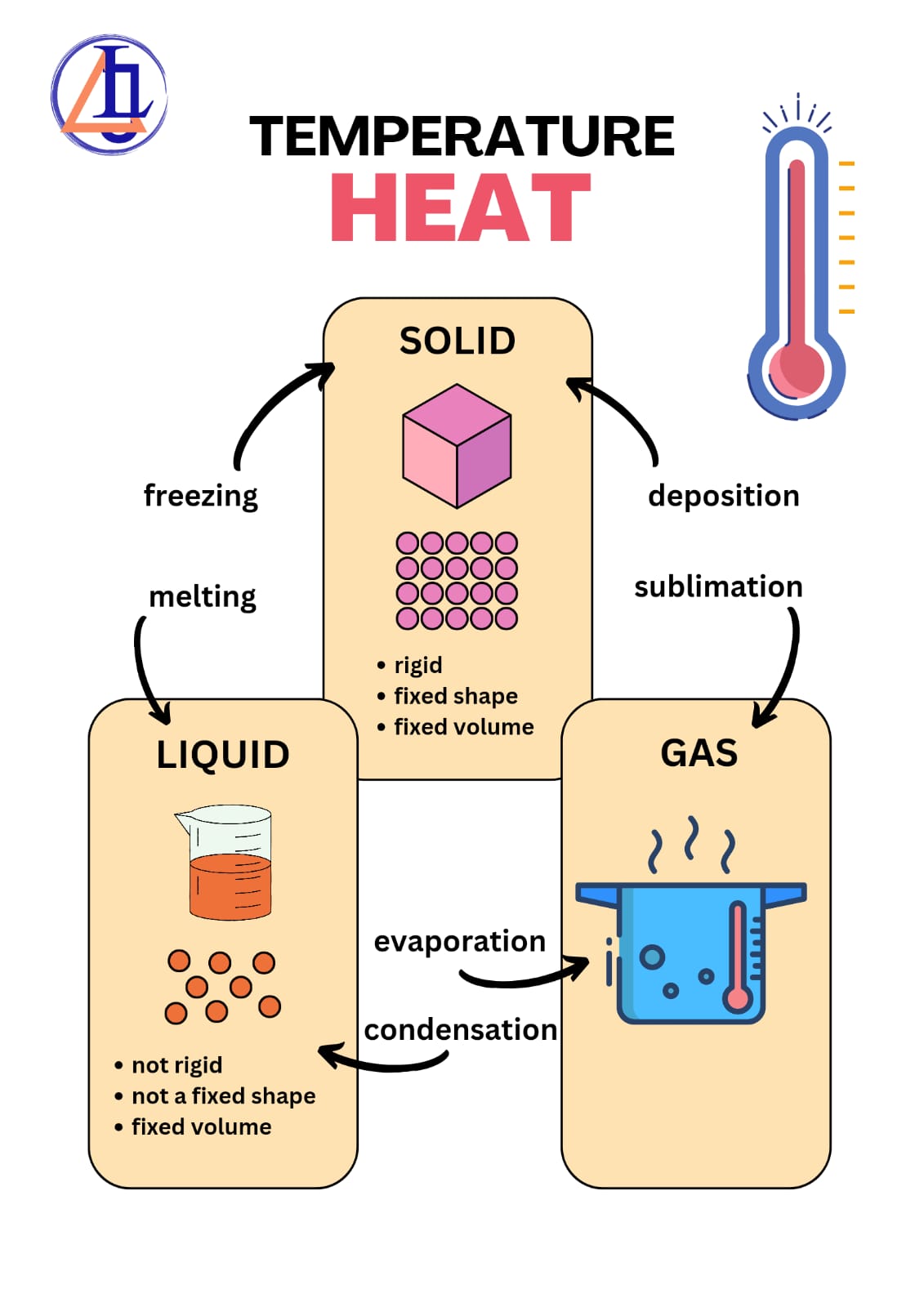Understanding the Common Misconceptions of Temperature (ΔT) and Heat (Q) for PSP and Non-PSP Teachers
Keywords:
Elementary school, Heat (Q), Pre-service teacher, Temperature (ΔT)Abstract
This study investigates the comprehension of temperature (ΔT) and heat (Q) in elementary school physics. This research uses a case study technique involving one instance of temperature (ΔT) and heat (Q). Five hundred forty-seven prospective teachers participated in the research during the 2022-2023 school year. This study employs observation, interviews, and document analysis for data collection. This study, which included pre-service physics teachers (Psp) and in-service physics teachers (Non-Psp), was conducted in a classroom setting. In qualitative analysis, the participants' methods of determining temperature change (ΔT) and heat (Q) were examined using descriptive-analytic approaches. Data collected from participants is analyzed based on prepared topics and direct quotations from the issues in which the results are consolidated. Research analysis indicates that participants struggle to differentiate between temperature (ΔT) and heat (Q) due to the reliance on rote teaching methods and students' preconceived notions about nature that may not align with scientific concepts. When compared to scientific principles. Teachers lack understanding of the origin of temperature change (ΔT) and heat (Q). Studying temperature change (ΔT) and heat transfer (Q) involves practical applying issues and physics concepts. Both PSP and non-PSP teachers lack understanding of the ideas underpinning kinematics, which they are expected to teach in the classroom. Poor comprehension of essential concepts by teachers will hinder students' learning outcomes. Teachers can define temperature. If he lacks an understanding of temperature concepts like Celsius, Kelvin, Reamur, and Fahrenheit, as well as the concept of heat connected to conduction, convection, and radiation, then... Under those circumstances, the teacher will struggle to educate efficiently.
Downloads

Published
How to Cite
Issue
Section
License
Copyright (c) 2024 Antonio Novoa, Ali Kamran, Syed Muhammad Yousaf Farooq

This work is licensed under a Creative Commons Attribution-ShareAlike 4.0 International License.

 Université d'Ottawa, Canada
Université d'Ottawa, Canada
 Gunnedah, New South Wales, Australia
Gunnedah, New South Wales, Australia
 The University of Lahore, Lahore, Pakistan
The University of Lahore, Lahore, Pakistan



















